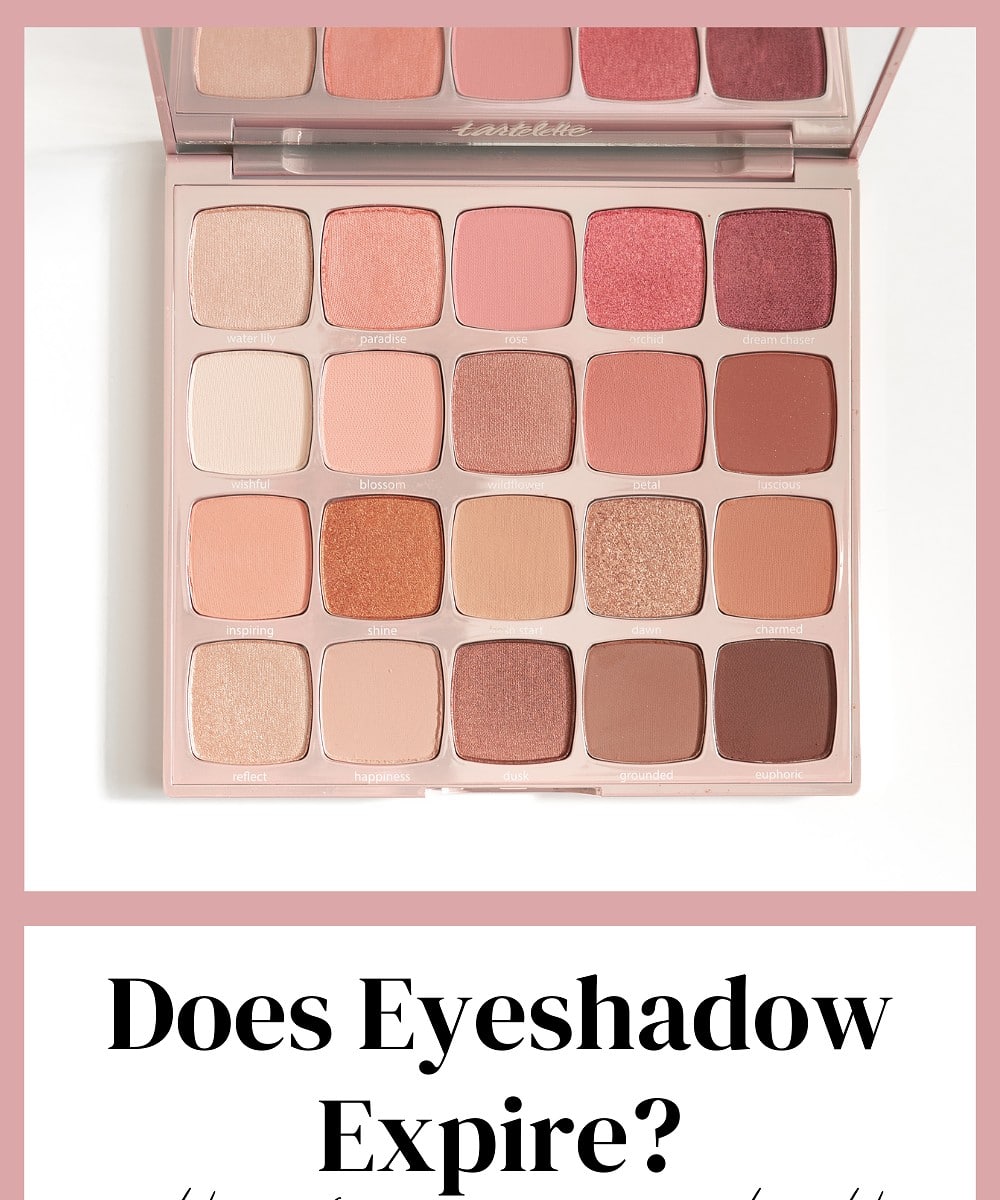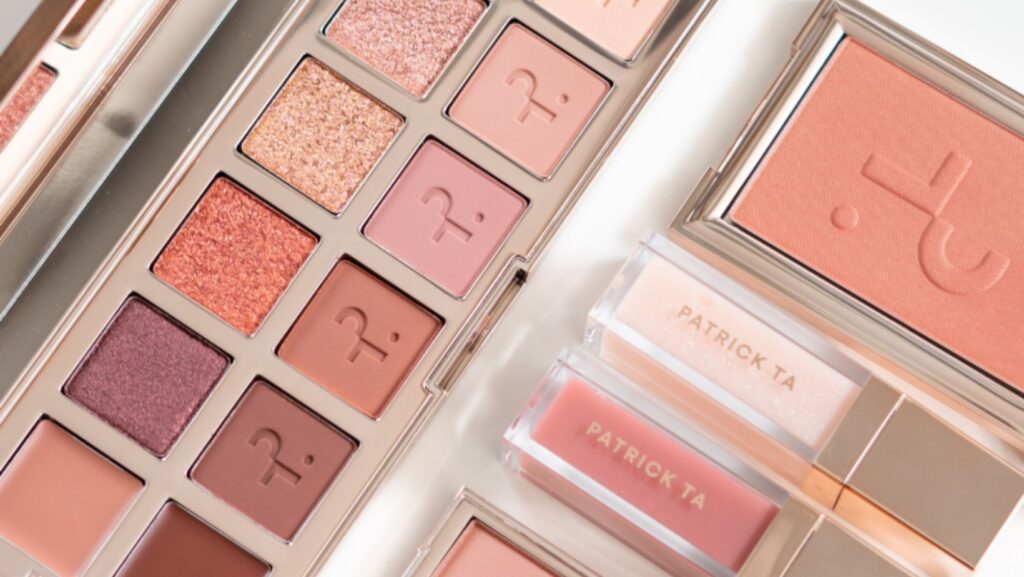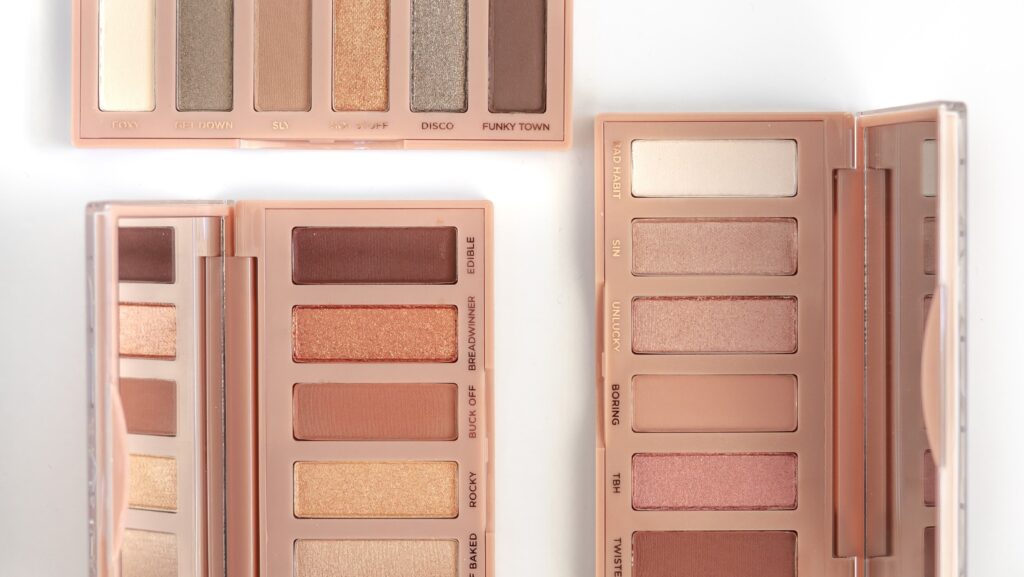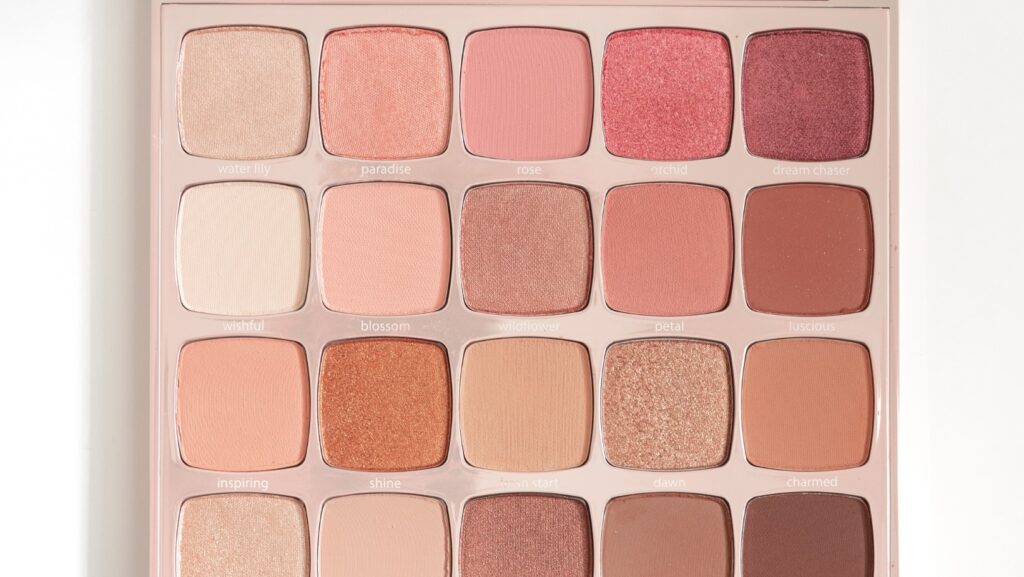
We are all aware of the expiration dates on the back side of our favorite eyeshadow palettes. But does eyeshadow expire?
Do you fear that your eyeshadow has gone bad? Have you been glamming up with the same palette for months, and now you are unsure whether it is safe to keep using?
Well, fear no more! In this article, we will uncover the surprising truth behind expired makeup products. I will answer your hottest questions, from how long eyeshadow lasts to how you can tell if yours has gone bad.
Get ready for a deep dive into all things related to expiration dates on cosmetics!
Does Eyeshadow Expire?

Eyeshadow is a staple piece in many makeup routines. Therefore, it is important to know how long your favorite product can last. However, determining when it is time to let go can be challenging since most people don’t track their eyeshadows and their expiration date.
In most cases, eyeshadow will remain usable for about two years before needing replacement. This time frame may vary depending on the type of product and how frequently it is used.
An eyeshadow “goes bad” when its formula breaks down due to long shelf times or bad storage conditions or when it is contaminated by bacteria. Sometimes it is easier to understand the signs of decay, while in others, an “expired” eyeshadow looks perfectly fine.
Does Unused Eyeshadow Expire?
The question of when unused eyeshadow expires is one that many makeup aficionados ask. It is a shame to dispose of a new palette, but no one wants to use expired products on their skin, especially on their eyes!
While there’s no hard and fast rule for how long unused eyeshadows last before they expire, some key factors to consider are the formulation of the product, storage conditions, and the length of time the product has been stored.
One of the main factors that can cause changes in the formula of unused eyeshadow is exposure to air, which can lead to oxidation and degradation of certain ingredients.
Therefore, an opened unused eyeshadow will more likely go bad quickly. Even if they have been opened and stored perfectly, however, the formula may have changed over time.
It is a good idea to periodically check the condition of your unused eyeshadows for any signs of degradation (more on that later).
Experts recommend that after two to three years, you should throw away any unused shadows regardless of whether or not they seem expired.
How To Tell If Your Eyeshadow Has Expired
Letting go of your beloved eyeshadow can be a difficult decision. After all, it’s been with you through thick and thin, brightening up your days and nights with its dazzling colors.
Fortunately, some telltale signs will help you make the call on whether or not it’s past its prime.
The first thing you should look for is any changes in texture. If it feels gritty or looks crumbly instead of smooth, then it’s definitely time to say goodbye to your shadow. This could be due to age or exposure to air, which causes the ingredients within the product to break down over time.
Another sign of deterioration is if the color appears faded or has lost its vibrancy – this usually indicates that both moisture and pigmentation have been lost from the product making them less effective.
Finally, the scent may also be an indicator that something isn’t quite right with your shadow – a distinct smell can indicate bacteria growth which is never good news!
Discoloration or visible separation between layers, along with a sour aroma, means that you need to toss out those shadows immediately!
So, pay attention to these clues next time you reach for your palette. They might just save you from having an eye-opening experience later down the line!
What Is The Shelf Life Of Eyeshadow?
To first get an idea of how long you have to use your makeup products, look at the Period After Opening (PAO) symbol, usually located on the back of the product. This symbol looks like an open jar with a number and the letter “M”.
The PAO symbol tells you how many months you have to use the product, once it’s opened, until it expires. This is the product’s shelf life.
The key factor that affects how long eyeshadow lasts is its formula. Cream-based or liquid shadows are more likely to expire earlier than powdered products. That is because they have a higher moisture content and usually contain preservatives that break down over time.
Powders, on the other side, generally last longer due to their dryer consistency. This doesn’t mean you shouldn’t check them periodically for signs of spoilage or discoloration.
Unopened eyeshadows can last anywhere from two to three years if stored properly. Once opened, however, powder shadows may begin to degrade after six months and should be replaced within one year for optimal results.
When it comes to creams and liquids, they typically have an even shorter lifespan. They should be discarded after three months as bacteria can quickly build up in them due to their moist environment.
As with any beauty product, another factor that determines the shelf life of eyeshadows is the ingredients and preservatives used in its formulation.
Generally speaking, eyeshadows that contain only mineral pigments are safe longer than those made with synthetic dyes or other ingredients.

What Can Affect The Shelf Life Of Eyeshadow?
The shelf life of eyeshadow can be affected by a wide variety of factors. One of the biggest influences is how it is stored, as improper storage can cause eyeshadow to lose its effectiveness and become unusable.
For instance, keeping an eye shadow in direct sunlight or near any heat source will cause the pigments to fade and break down over time. Additionally, if there are any changes in temperature or humidity levels, this could also affect the product’s longevity.
In addition to environmental factors that can affect the shelf life of an eyeshadow, certain ingredients added to your eyeshadow may also have an impact on its lifespan.
Some natural ingredients, such as essential oils, have shorter lifespans than synthetic ones. They may not last long before becoming ineffective or developing unpleasant odors due to oxidation processes occurring within them when exposed to air for an extended time.
On top of that, preservatives used in products with longer lifespans tend to degrade more quickly over time, which can reduce their potency and effectiveness over time if not properly sealed after each use.
Finally, contamination is another thing known to shorten the lifespan of eyeshadows significantly. Bacteria can be passed to your eyeshadow from applicators or brushes used with powder-based products.
How To Properly Store Eyeshadow For A Longer Shelf Life
Eyeshadow can be a tricky product to store. As with any beauty product, eyeshadow needs to be stored properly to have the longest possible shelf life and remain effective[1].
The first step is finding an appropriate storage container. A shallow plastic or cardboard box with a lid that fits your collection of eyeshadows is ideal, as it will keep them well organized and protected from dust and moisture.
Pro tip: Once you’ve found the perfect box, make sure that all of the eyeshadows are placed inside and sealed tightly shut when not being used.
When everything has been sorted out, place your newly organized box somewhere cool, away from direct heat or sunlight (like a drawer). Make sure that there is no water or source of moisture nearby.
Moreover, it’s important to keep them clean; any oils present on the surface of eyeshadow can cause bacterial growth, which will significantly reduce its lifespan and put you at risk for eye infections and other health problems.
It’s also helpful to make sure your hands are clean and you’re regularly cleaning your makeup brushes avoid harmful bacteria before applying eyeshadow – this helps prevent micro-organisms such as mold or mildew from settling into the product itself and degrading its quality over time.
Pro tip: To avoid this type of problem, I suggest that you wash off makeup tools regularly using soapy water and store all makeup items away from sources of potential contaminants such as pet hair, dust, etc.
Can You Use Expired Eyeshadow?
Although I (and no one else) wouldn’t recommend you to use expired eyeshadow, there are certain circumstances in which you can.
If your eyeshadow was unopened when it expired and was stored properly (like I mentioned above), then you might consider using it as long as all the colorants remain intact.
To test this out safely, try swiping some on your arm first before applying near your sensitive eye area; if you’re comfortable with how it looks on your skin after waiting a few minutes, then go ahead and apply!
Just remember that even though expired makeup may look okay at first glance, over time, its performance will degrade due to breakdowns in ingredients such as oils or waxes that keep the colors vibrant and consistent.

Does Eyeshadow Expire: Conclusion
So, to sum things up, the shelf life of eyeshadow depends on a few factors. If stored correctly in a cool, dry place and away from direct sunlight, it can last up to two years.
More specifically, unopened eyeshadows will last around 2-3 years; whereas opened ones should be at their wit’s end within 12 months max, so keep track accordingly!
However, if not taken care of properly or exposed to extreme temperatures, then it could expire sooner. Therefore, it’s important to be aware of expiration dates as well as possible signs of spoilage, such as discoloration or change in texture, before applying any product to your skin.
To ensure that you get the most out of your eyeshadow products – both safely and performance-wise – always check for expiry dates BEFORE purchase.
If you are within the above-mentioned time frame but want to play things extra safe, there is still no reason to throw away perfectly good makeup just yet. Why not create something new?
You can experiment with a bit of glitter onto the nails (as a nail polish!) instead of lids; mix up some blush-colored shadow into your foundation for added warmth…the possibilities are endless!
Ultimately, playing around with what we have is sometimes the best way forward when dealing with expiry dates – so feel free to experiment until you are satisfied!
